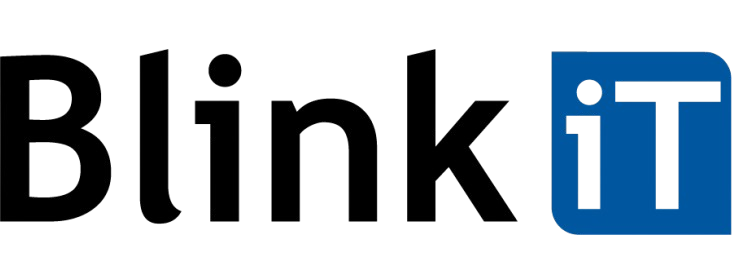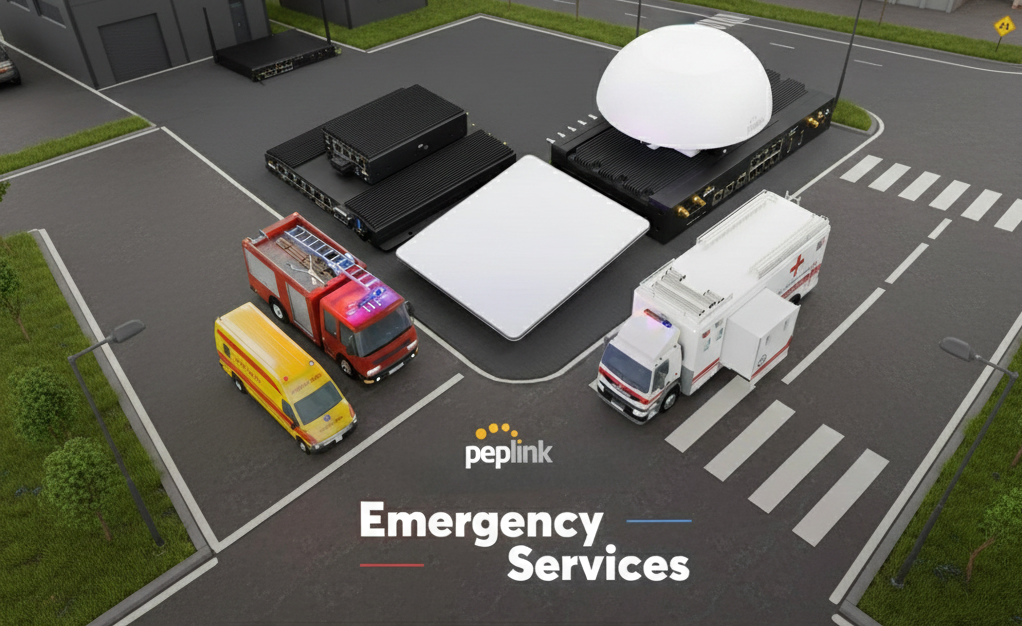Understanding Zero Trust: “Never Trust, Always Verify”
Zero Trust isn’t a product — it’s a security mindset.
This framework is built on a simple yet powerful principle: no user, device, or application should ever be trusted by default, even within the organization’s own network.
Every access request must be explicitly verified, based on identity, context, and risk level.
The Zero Trust Governance Model: 5 Pillars of Action
Adopting a Zero Trust strategy requires a holistic and structured approach.
Here are the five key pillars to secure:
| Zero Trust Pillar | WatchGuard Solution | Key Role in Security |
|---|---|---|
| Identity | AuthPoint (MFA) | Explicit, adaptive user verification before granting any access. |
| Devices | Endpoint Security (EDR/EPDR) | Continuous evaluation of device security posture before accessing sensitive resources. |
| Networks & Access | Firebox & ZTNA via FireCloud | Enforces the principle of least privilege through micro-segmentation and Zero Trust access control. |
| Orchestration | WatchGuard Cloud & ThreatSync (XDR) | Centralized monitoring, threat correlation, and unified management for fast, coordinated response. |
| Data | WatchGuard Platform | End-to-end protection, encryption, and integrity of sensitive information throughout its lifecycle. |
Why Zero Trust Has Become Essential
Traditional perimeter-based security is no longer effective in the era of remote work, cloud adoption, and sophisticated cyber threats.
The Zero Trust model addresses these challenges by:
- Eliminating implicit trust within the network.
- Enforcing continuous identity verification and monitoring.
- Reducing lateral movement through network segmentation.
Organizations with mature Zero Trust architectures can lower the average cost of a data breach by nearly $1.76 million (IBM, 2021).
Key Benefits for Your Clients
- Reduced risk and cost of data breaches.
- Unified and simplified security through centralized management.
- Improved compliance and secure adoption of cloud services (Microsoft 365, Salesforce, and more).
Our Roadmap for a Successful Zero Trust Integration
Implementing Zero Trust doesn’t mean starting from scratch.
The key is to evaluate your current environment, then integrate and orchestrate the right technologies and policies.
Our strategic approach includes:
- Prioritize Unification – Move toward unified security orchestration instead of isolated tools.
- Enable Adaptive Access Control – Define access policies based on risk, context (location, device), and user roles.
- Leverage AI and Continuous Monitoring – Detect and prevent advanced threats such as malware and supply chain attacks.
Zero Trust: A Vision for the Future
Zero Trust is no longer optional it’s a strategic imperative for digital resilience.




